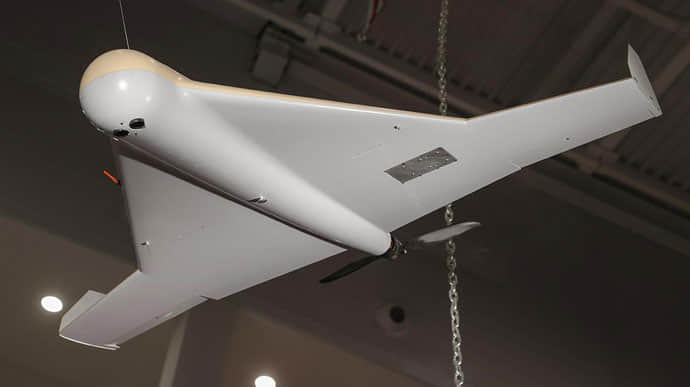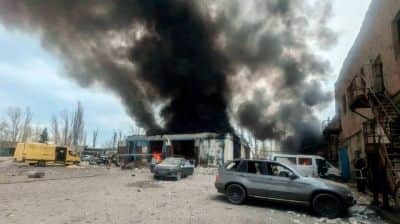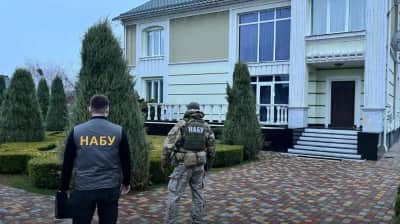Russia begins assembling Shahed attack UAVs domestically and increases missile production – Ukraine's Defence Intelligence

Some elements indicating that the Shahed attack UAVs are being assembled in Russia have been discovered following recent Russian attacks on Ukraine, and Russia is currently planning to ramp up production of drones on its territory.
Source: Vadym Skibitskyi, representative from Defence Intelligence of Ukraine (DIU), in a comment to RBC-Ukraine news agency; DIU on Telegram
Quote from Skibitskyi: "Following recent Shahed attacks, we have discovered certain elements indicating that the final stage of assembly of these UAVs is taking place in Russia. An increase in the number of Russian parts in the drones is a testament to this. Furthermore, we are aware of the aggressor's plans to expand the production of Shaheds in Russia."
Details: He further pointed out that during one of Russia's defence industry exhibitions, the country's military-industrial complex said Moscow wanted to develop around 60 UAVs of various modifications by 2030.
Skibitskyi said DIU's preliminary intelligence data indicates that the Russians plan to produce 1,300 Geran-2 drone units, i.e. Shaheds, in the second half of this year. They plan to use components of both foreign and domestic production.
Meanwhile, the DIU representative believes that Russia is not currently capable of producing such a large number of UAVs.
The DIU is currently collecting intelligence on the actual capacity of the Russian production facilities where they assemble these drones and what companies in Russia are involved in supplying parts.
Skibitskyi also said Russia has been able to boost missile production since the beginning of the spring. For example, the Russians expected to produce about a total of 118 pieces of Kinzhals, Iskander-M, Iskander-K, Kalibr, Kh-101 and modified Kh-22 (Kh-32) missiles in August.
Quote from Skibitskyi: "Besides the six Kinzhals, the Russians are planning to produce a total of 30 Iskander-M ballistic missiles, 12 Iskander-K cruise missiles, 20 Kalibrs, and about 40 Kh-101s in August. Moreover, they are improving the Kh-22 cruise missiles, with the redesigned models bearing a new version number, the Kh-32. We estimate that the Russians can produce no more than 10 upgraded missiles monthly."
Details: The DIU estimates that the Russian arsenal currently has 585 missiles with a range of over 500 kilometres. These include about 270 Iskanders, 140 Kalibrs, and about 100 Kh-101s, Kh-555s, and Kh-55s with a warhead.
The Russians also have about 75 Kinzhal air-to-ground ballistic missiles and 150 Kh-22 missiles, which they are seeking to improve.
Meanwhile, he added that Russia is being forced to reconsider its strike tactics due to limited stockpiles and the production of certain types of missiles.
The Russians are deploying various classes of missiles, selecting targets with greater precision, and paying considerable attention to determining cruise missile and UAV flight routes to avoid Ukrainian air defences.
The DIU believes that the change in the tactics of missile attacks may be related to Russia' intention to amass weapons before the autumn-winter period in order to attack Ukraine's energy systems again.
Meanwhile, Skibitskyi says such massive attacks as those of last October, November and December, when the Russians fired 70-100 missiles at a time, are unlikely to happen again.
Ukrainska Pravda is the place where you will find the most up-to-date information about everything related to the war in Ukraine. Follow us on Twitter, support us, or become our patron!





